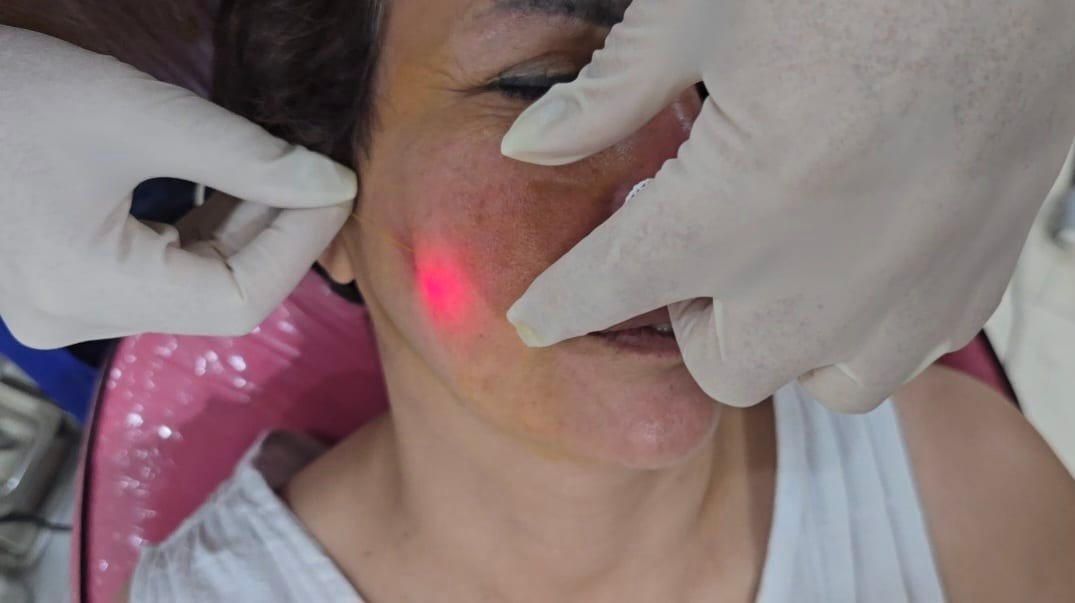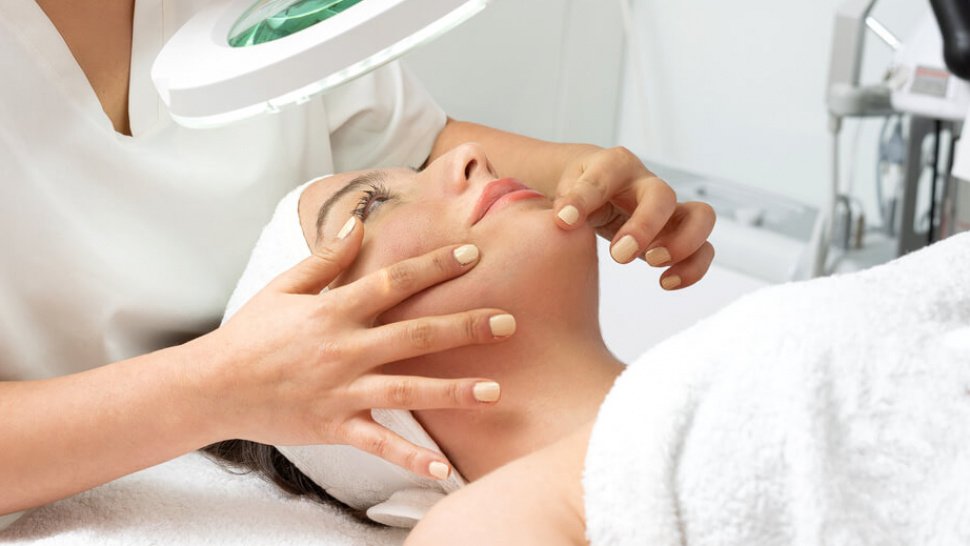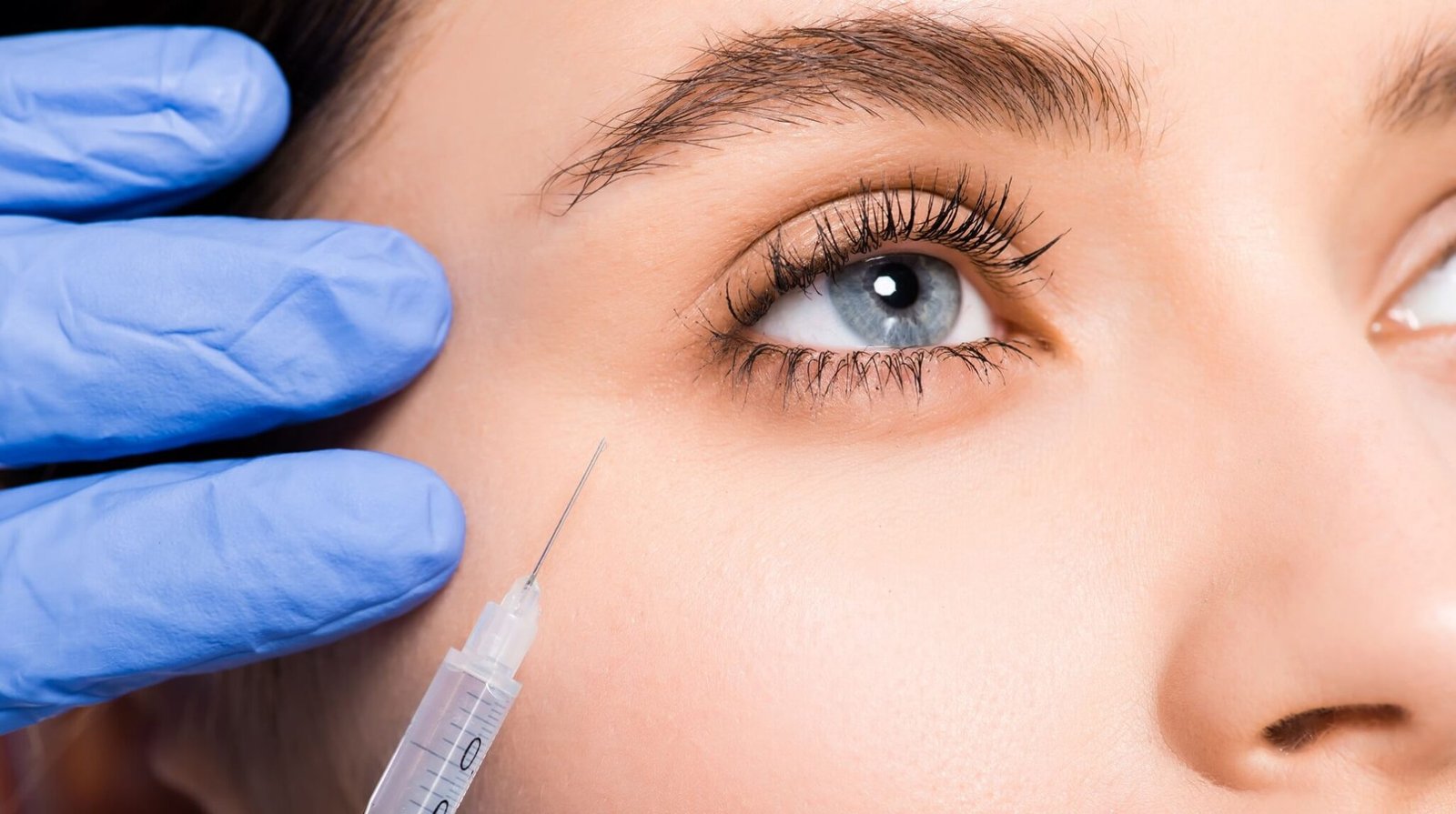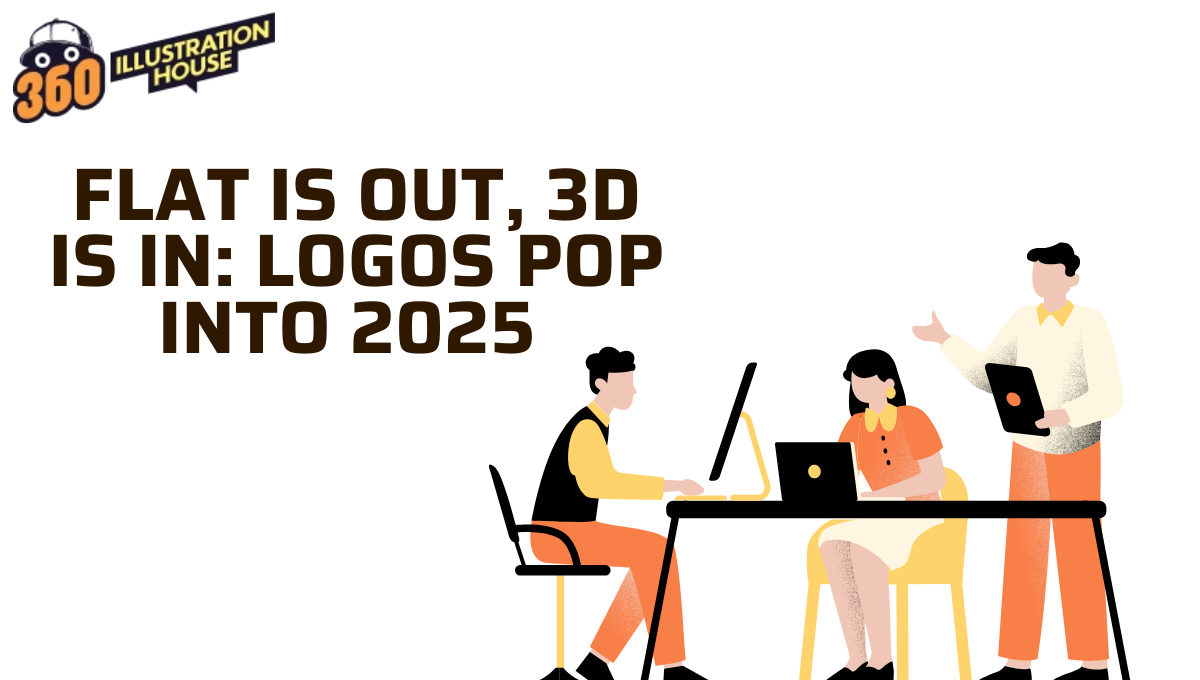FUE (Follicular Unit Extraction) hair transplant is an advanced technique that has gained significant popularity for enhancing hair density, particularly in facial areas such as the beard, mustache, and sideburns. This procedure involves the meticulous extraction of individual hair follicles and their transplantation into targeted areas. The following sections delve into the various aspects of FUE Hair Transplant in Abu Dhabi, exploring how it can improve facial hair density and contribute to a fuller appearance.
Understanding Facial Hair Density
Importance of Facial Hair Density
- Aesthetic Appeal: A dense beard or mustache can enhance masculine features, contributing to an individual’s overall attractiveness.
- Cultural Significance: In many cultures, facial hair is a symbol of maturity and masculinity, making it a desirable trait for personal and professional interactions.
Factors Influencing Facial Hair Growth
- Genetics: The density and pattern of facial hair are largely determined by genetic factors.
- Hormones: Hormonal levels, particularly testosterone, play a vital role in hair growth and density.
- Age: Many individuals experience changes in facial hair density as they age, often leading to thinner patches or uneven growth.
The FUE Hair Transplant Technique
What is FUE?
- Extraction Process: During FUE, individual hair follicles are extracted directly from the donor area (usually the scalp) using a specialized instrument.
- Implantation: The harvested follicles are then carefully implanted into the areas of the face that require additional density.
Advantages of FUE
- Minimally Invasive: This technique involves no surgical incisions, resulting in minimal scarring and a quicker recovery time.
- Natural Results: The precision of follicular extraction allows for a natural appearance, with the direction and angle of the transplanted hairs replicating natural growth patterns.
Benefits of FUE for Facial Hair Density
Enhanced Aesthetic Appeal
- Fuller Appearance: The primary benefit of a FUE Hair Transplant is the ability to create a fuller and more defined facial hair line.
- Customizable: Patients can choose the style and thickness of their facial hair, tailoring the procedure to their aesthetic preferences.
Boosting Self-Confidence
- Psychological Impact: A denser beard can significantly enhance a man’s confidence and self-image, leading to improved social and professional interactions.
- Freedom from Products: Many individuals resort to grooming products to mask thinning hair; a transplant eliminates the need for temporary solutions.
Long-lasting Results
- Permanent Solution: Hair follicles transplanted through FUE are typically resistant to hair loss, providing long-term density.
- Low Maintenance: Once the desired density is achieved, the transplanted hair requires minimal maintenance compared to other methods.
Preparing for a FUE Hair Transplant
Consultation Process
- Assessment: Individuals interested in FUE should undergo a consultation to evaluate their hair growth patterns and define their aesthetic goals.
- Discussion of Options: It’s crucial to discuss the potential outcomes and customize a plan that aligns with the patient’s expectations.
Pre-Procedure Guidelines
- Healthy Lifestyle: Maintaining a healthy diet and abstaining from smoking or alcohol can improve the overall success of the procedure.
- Medication Review: Patients should review any medications or supplements with their healthcare provider to ensure there are no contraindications.
Post-Procedure Care
Immediate Aftercare
- Follow-Up Guidelines: After the procedure, patients should follow all aftercare guidelines to promote healing and hair growth.
- Avoiding Trauma to the Area: It’s essential to protect the treated area from trauma or irritation immediately following the surgery.
Long-term Care for Transplanted Hair
- Proper Cleaning: Using gentle hair products and maintaining cleanliness is crucial for the success of the transplant.
- Regular Monitoring: Keeping track of hair growth and any unusual changes can help in early detection of potential issues.
The Impact of FUE on Different Facial Areas
Beard Transplants
- Scarcity in Growth: Many individuals desire fuller beards but may experience patchy growth due to genetics or hormonal imbalances.
- Targeted Treatment: FUE allows for precise targeting of these sparse areas, enhancing density and creating a balanced look.
Mustache Reconstruction
- Achieving Symmetry: A well-defined mustache can enhance facial symmetry and overall attractiveness. FUE can help to achieve this goal in those with uneven growth.
- Personal Expression: The ability to shape a mustache more effectively allows individuals to express their personal styles.
Sideburn Enhancement
- Cohesive Look: Sideburns play a vital role in framing the face. FUE can fill in gaps and create a more cohesive facial profile.
- Versatile Styles: With improved density, individuals can experiment with different sideburn styles and lengths.
Conclusion
The FUE Hair Transplant offers a promising solution for individuals seeking to improve their facial hair density. By providing a minimally invasive, customizable, and long-lasting option, this technique empowers individuals to achieve the desired aesthetic results. Whether it’s for enhancing self-confidence or achieving a particular look, FUE serves as a valuable procedure in the journey to fuller facial hair.
FAQs
1. How long does it take to see results from an FUE hair transplant?
Results can typically be seen within a few months, with full results becoming apparent around 6 to 12 months after the procedure.
2. Is the procedure painful?
Most patients experience minimal discomfort during the procedure due to local anesthesia. Post-operative pain is generally manageable.
3. How many sessions are needed for optimal results?
The number of sessions required varies based on individual goals and the extent of hair loss. A consultation will provide clarity on the ideal plan.
4. Can anyone undergo a FUE hair transplant?
Most individuals are suitable candidates, but a consultation with a professional is essential to assess individual conditions and expectations.
















Leave a Reply